Driving an e-revolution
With an objective of achieving zero emission and cutting down oil import bill, the government wants only electric vehicles by 2030.

A swanky car pulls in to a ‘charging station’ on a highway and parks on top of a magnetic pad for about 10 minutes while the driver enjoys a cup of coffee. Another vehicle dives into a special lane, embedded with wireless charging technology, to ‘refuel’ the car on the move. This may seem like a scene straight out of a sci-fi movie, but the day is not too far when petrol and diesel become a thing of the past as the policymakers intend to go fully electric. Given the galloping fuel prices and the uproar over how severely petrol and diesel are taxed in the country, the electric cars will become the most economic option from the first day an owner drives it on the road.
With an objective of achieving zero emission and cutting down the oil import bill on national consumption of around four million barrels a day, the government has made it clear it wants only electric vehicles (EVs) to ply on Indian roads by 2030. The policy was termed too ambitious for a country where the concept is still in its infancy with the current market share of EVs pegged at less than one per cent, but the state-owned Energy Efficiency Services Ltd (EESL) has already shifted gears by procuring 10,000 electric-powered cars for the use of government officials.
Tata Motors and Mahindra supplied the first order and are eagerly awaiting the outcome of another multi-crore tender. While the Indian auto makers including Maruti started investing big on latest electric technologies in an effort to meet the government’s vision, a few critics suggested that hydrogen would be the future and not electricity. Mercedes-Benz India managing director, Roland Folger, is one such who felt the all-electric move would be more counter-productive in terms of additional power demand. Spotting an electric vehicle on India roads is a rare sight. Last year, there were about 2,000 EVs sold in India as compared to 30,46,727 petrol/diesel cars. Only Mahindra’s e-Verito and e2o small electric cars are on sale and Tata Tigor Electric is set to roll out soon. A fleet of EVs that various manufacturers showcased during the Delhi Auto Expo 2018 has raised hopes.
The spectacular line-up of cars gave a glimpse into the future and also underlined the growing interest in EVs. The niche segment would get a much-needed push when Tesla, which has been closely monitoring the Indian market, makes it’s entry. The American company is the manufacturer of the world’s best-selling plug-in EVs. Tutu Dhawan, a Delhi-based auto expert and founder of Heritage Motoring Club of India, says the biggest challenge for India’s ‘e vision 2030’ would be developing infrastructure. “We need plenty of charging stations across the country, that too efficient systems. Only when you have them ready, can you win the confidence of consumers as well as the manufacturers,” he said.
According to Grand Thornton CII report, India lags in the availability of infrastructure with only 353 charging stations spread across the country and concentrated mostly in Bengaluru, New Delhi, Nagpur and Mumbai. “While the availability of chargers and related standards can still be addressed, the land acquisition and last mile power infrastructure is the major hurdle,” said a Tata Motors spokesperson. (The spokesperson doesn’t want to be identified as the company’s government tender result is awaited) In countries where EVs have already made a penetration, manufacturers have made huge investments in developing wireless charging systems. Sweden, which has also set 2030 as deadline to eliminate internal combustion engines, recently made a big breakthrough by opening the world’s first public road that charges EVs on the go.
In India, another key factor is the cost of EVs which are higher as compared to conventional engine primarily due to the higher battery cost. “To compensate this, government incentives are key to drive EV adoption in the country. The countries that have successfully achieved significant EV penetration (such as Norway and China) have provided sizeable and tangible incentives to the end customers as well as their respective OEMs over a considerable period. Such benefits are even more relevant for a country like ours as the Indian customers are extremely cost conscious and look for higher returns in every investment they make,” the Tata spokesperson added. Andhra Pradesh is first state to set a target of 10 lakh electric vehicles on roads by 2023. A scheme announced by the state will thus reimburse road and registration tax for EVs for next five years.
Renault Trezor
It goes from 0 to 100 km in less than four seconds! The two-seater electric car with autonomous capabilities remains one of the highly-anticipated products from the French manufacturers stable. It has a clamshell-style roof which opens up like a single canopy, hinging forward, is a spectacle. The car is expected to hit the roads globally in 2020. The car uses same electric motor that Renault uses in its Formula E car to deliver 350 hp and 380 Nm torque. The car uses two batteries and a brake-operated energy recovery system.
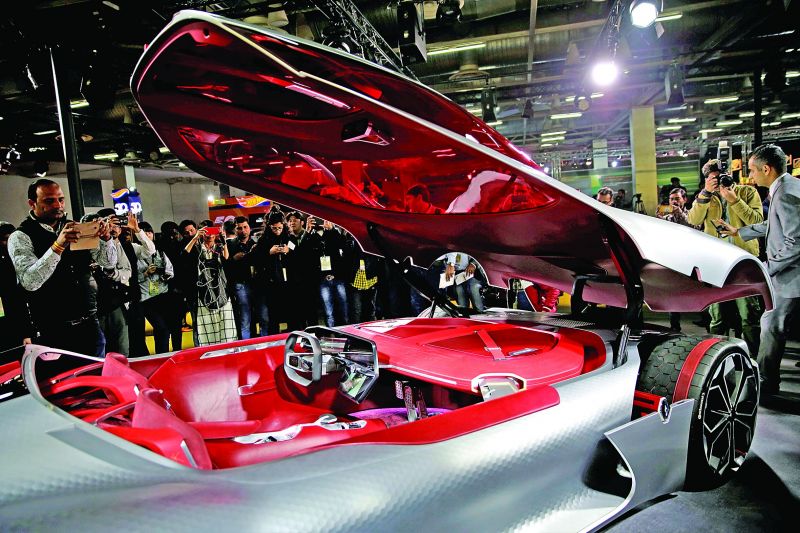
Tata E-Vision
The all-electric sedan turned many a petrolhead including former F1 boss Bernie Ecclestone at the 88th International Geneva Motor Show in March for its futuristic concept, attractive exteriors and luxurious interiors. The vehicle is based on Landrover Discovery platform and the first to roll out of Tata’s new Impact Design 2.0 philosophy. The vehicle has a plenty of cabin space as the two electric motors and a battery pack are planted on the floor, not coming in the way of the passenger. The car will feature both slow AC charging and fast DC charging, with a range of 350 km on a single charge. It will have a top speed of 200 kmph and will reach 0-100 in sub-7 seconds. According to Guenter Butschek, MD of Tata Motors, the E-Vision sedan concept will be a game changer and drive the revolution to build a sustainable future.
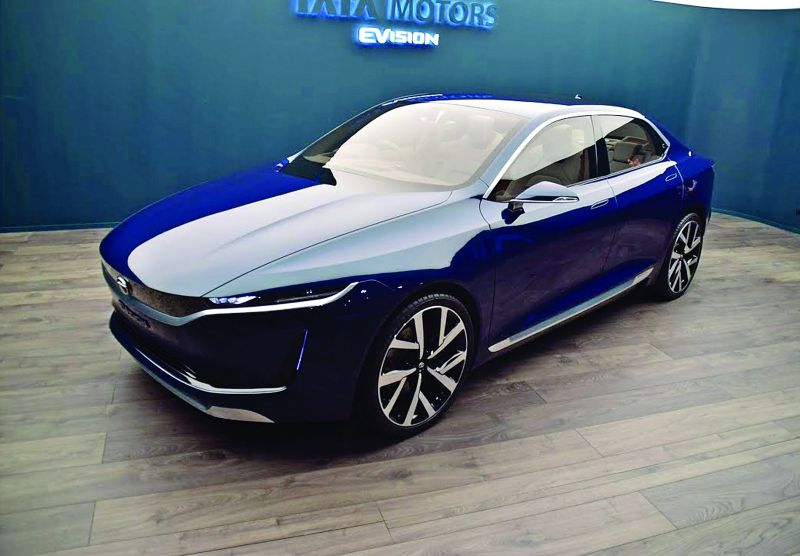
Honda Sports EV
According to Honda, the Sports EV Concept “combines EV performance and artificial intelligence inside a compact body.” Though this model is in pre-production line, it has garnered a lot of attention from auto enthusiasts. Wonder why? Sample this: There are two black screens at the front and rear to display messages to other drivers and also show the electric charge status! The smartness doesn’t end there. Another in-built feature is capable of monitoring the driver’s emotional well-being and make choices and recommendations such as music.
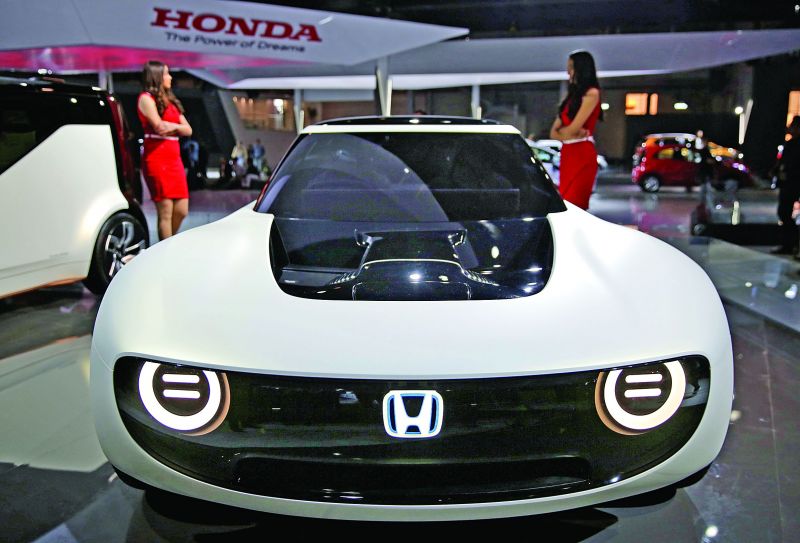
Maruti e-Survivor
It’s meant to be a go-anywhere vehicle of the future. Resembling the open-top Gypsy, the quirky-looking e-Survivor is a compact electric SUV with four-wheel drive and designed with a two-seater configuration. It may accommodate a second row of seats as it reaches production form in India around 2020. It has ladder frame and lightweight compact body which the manufacturer says will help achieve outstanding drivability and durability on rugged roads. It has got a set of four in-wheel electric motors that controls the four wheels independently. It has a navigation system and a wide monitor for displaying online information and images from vehicle cameras. Smartphones and a variety of other electronic devices can be connected to the vehicle to display information on the topography, nearby vehicles, weather, and more.
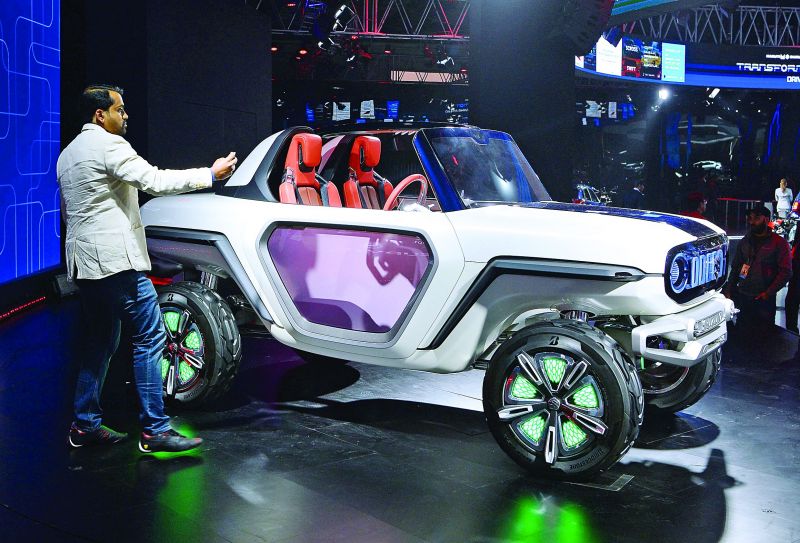
Hyundai Ioniq EV
Powered by an electric motor that produces the equivalent of 120hp and 295Nm of torque, Ioniq zooms to 100km in 10.2sec, with a top speed of 165kph. Its claimed range stands at 280km per charge. Hyundai had plans to launch the hybrid version of the Ioniq in India. However, with the revision of the GST slabs last year that put hybrids in the highest tax bracket, the Korean carmaker decided to pull the plug on that plan. Hyundai has not confirmed if the Ioniq EV is a probable for India as yet.
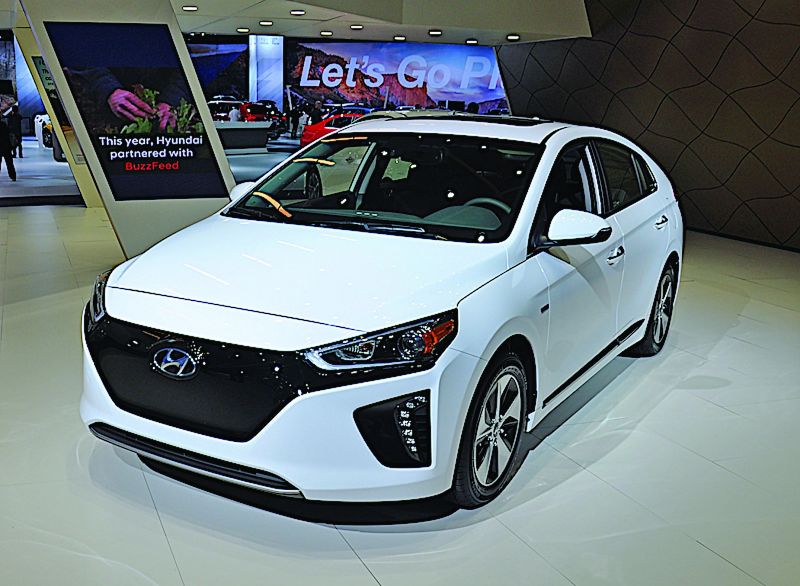 Hyundai Ioniq EV
Hyundai Ioniq EV
Mahindra e-KUV100
The pioneer of EVs in India unveiled the country’s first electric mini SUV at the Delhi Auto Expo, but the vehicle is expected to hit the road only in 2019. At the core of this eco-friendly vehicle lies a city-friendly 30kW motor and lithium-ion battery pack. It boasts a range of over 140 km per charge, and optional fast charging which can extend its range by 80% in less than an hour.
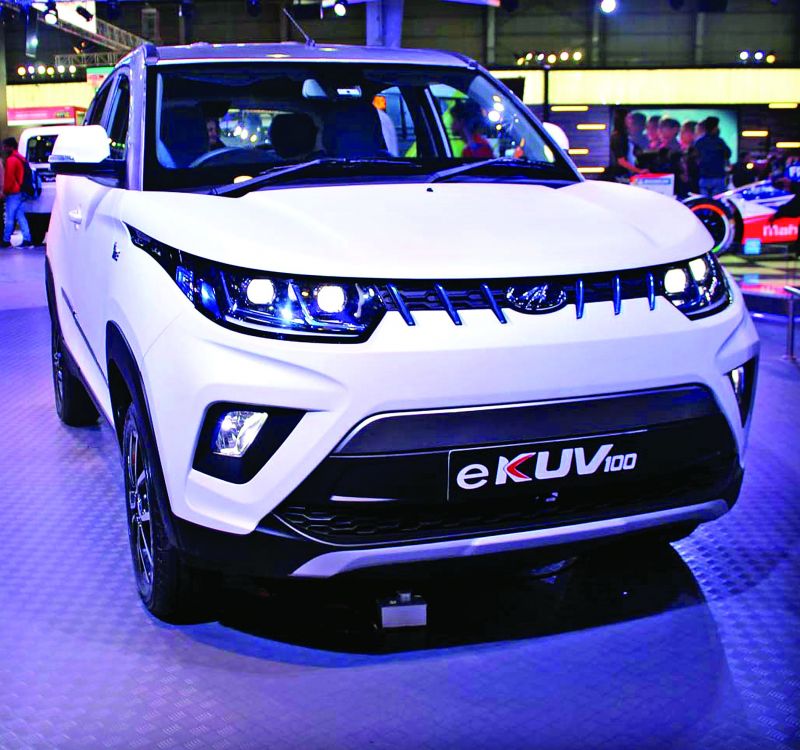
Its unique SUV design coupled with a compact footprint means it can go anywhere, while its silent drive coupled with auto transmission offers a relaxing and fatigue-free drive in chaotic city traffic. As the future is not only electric but also connected, the e-KUV100 boasts smart phone connectivity, remote diagnostics, cabin pre-cooling, location tracking. It even monitors your driving pattern and battery status.
